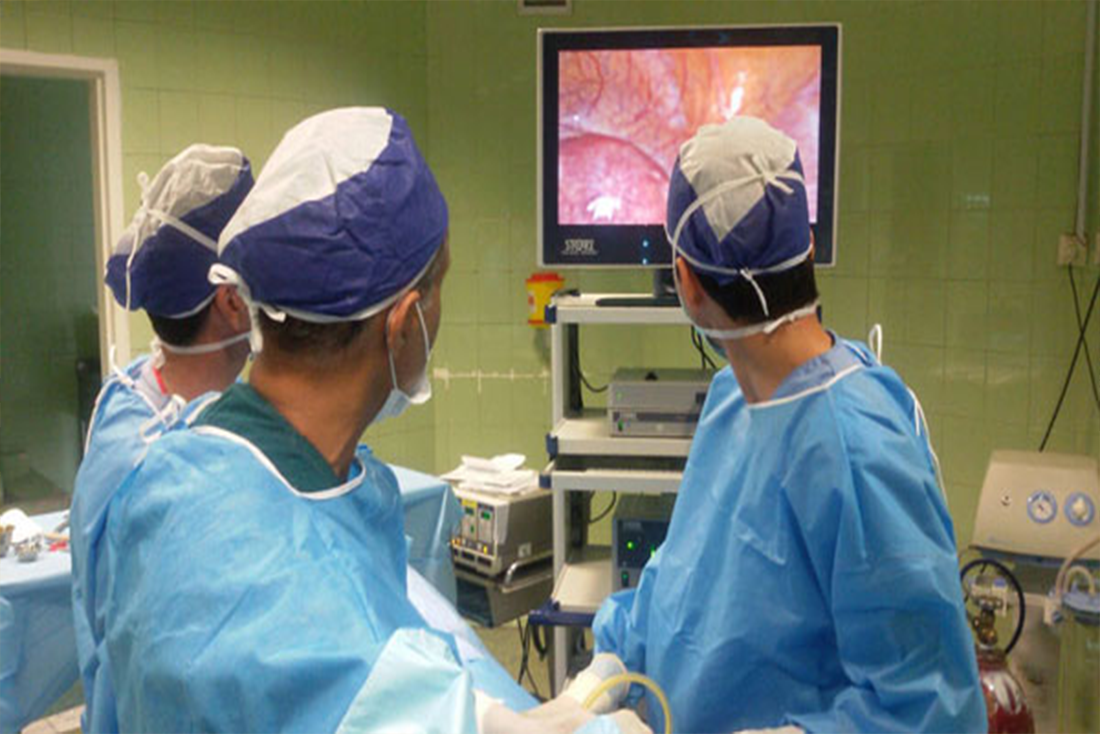The process takes its name from the laparoscopy , a slender tool that has a tiny video camera and light on the end. When a surgeon inserts it through a small cut and into your body, they can look at a video monitor and see what’s happening. Without those tools, they’d have to make a much larger opening. Thanks to special instruments, your surgeon won’t have to reach into your body, either. That also means less cutting.
Have you heard people talk about “minimally invasive” surgery? Laparoscopic surgery is one kind. Doctors first used it for gallbladder surgery and gynecology operations. Then it came in play for the intestines, liver, and other organs.
How It’s Done
Before this system came along, a surgeon who operated on his patient’s belly had to make a cut that was 6-to-12 inches long. That gave them enough room to see what they were doing and reach whatever they had to work on.
In laparoscopic surgery, the surgeon makes several small cuts. Usually, each one is no more than a half-inch long. (That's why it's sometimes called keyhole surgery.) They insert a tube through each opening, and the camera and surgical instruments go through those. Then the surgeon does the operation.
Continue Reading Below
you might like
Benefits
Working this way has several advantages compared with traditional surgery. Because it involves less cutting:
You have smaller scars.
You get out of the hospital quicker.
You'll feel less pain while the scars heal, and they heal quicker.
You get back to your normal activities sooner.
You may have less internal scarring.
Here’s an example. With traditional methods, you might spend a week or more in the hospital for intestinal surgery, and your total recovery might take 4 to 8 weeks. If you have laparoscopic surgery, you might stay only 2 nights in the hospital and recover in 2 or 3 weeks. And a shorter hospital stay generally costs less.
Advanced Kinds of Laparoscopic Surgery
In some operations, the surgeon can put the camera and the surgical tool through the same opening in the skin. This means less scarring. But it’s trickier for the surgeon because the instruments are so close together.
In other cases, the surgeon may decide to use a device that lets them reach in with a hand. This is called “hand assisted” laparoscopy. The cut in the skin has to be longer than a half-inch, but it still can be smaller than in traditional surgery. This has made it possible to use laparoscopic surgery for the liver and other organs.
General
